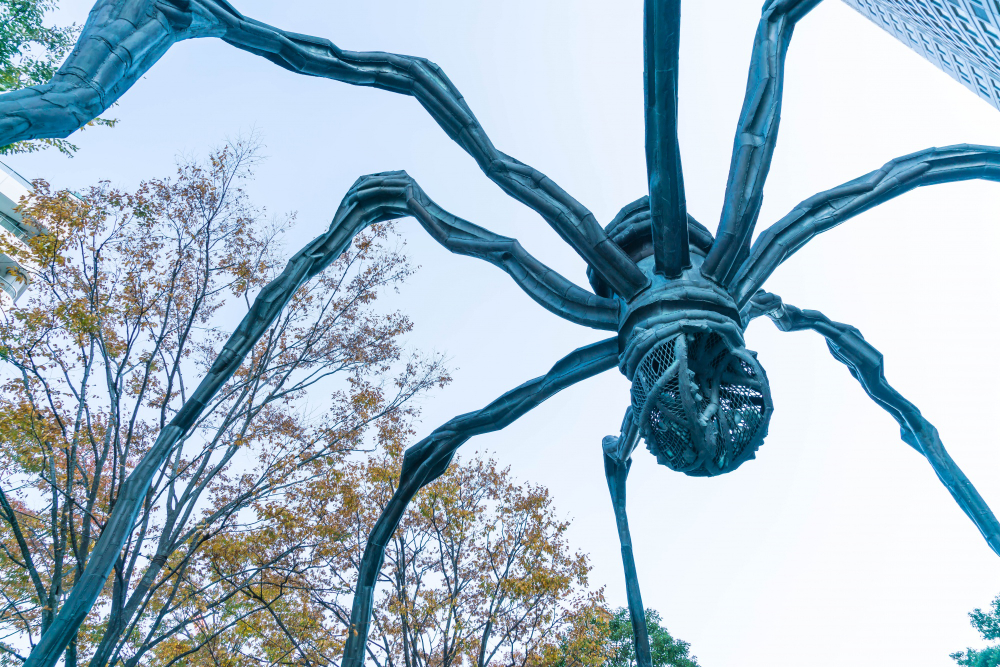Bringing art to outdoor public space means blending creativity with technical strategy. From parks and plazas to festivals and gardens, outdoor installations must survive the elements, delight visitors, and meet community guidelines. The smartest artists don’t just leap into full-scale production—they prototype, test, and adjust before a single post hole is dug. Here are nine practical ways artists prototype their outdoor installations so ideas come to life—beautifully and safely—every time.
Build Scale Maquettes for Visualization
Small, detailed maquettes allow artists to visualize spatial relationships and overall shape before sourcing costly materials. Clay, foam, or cardboard models help refine proportions and guide engineering decisions.
- Tip: Use color and texture in maquettes for a truer sense of impact.
- Risk: Don’t forget to test how the scale will read when multiplied up—details on a maquette can sometimes disappear outdoors.
Map It Out with CAD Site Plans
Computer-aided design (CAD) site plans give artists a bird’s-eye view of the project location. Good CAD tools let you overlay precise dimensions, place anchor points, and organize materials for installation and safety. For landscape-integrated work, a platform with symbol libraries and accurate plant counts is a must. One standout is CAD design for landscaping which lets you create printable drawings, select from plant databases, and generate documents for permits or approvals.
- Tip: Always double-check the scale on your digital site plan before ordering materials.
- Risk: Over-reliance on digital visualization can miss field nuances like slopes or microclimates—visit the site often!
Preview Ideas with AR On-Site
Augmented reality (AR) apps turn mockups or sketches into visual overlays at the actual site using a phone or tablet. Artists can “drop” their sculpture, mural, or pathway virtually onto the landscape, helping spot placement or size issues early.
- Tip: Use AR previews when presenting concepts to stakeholders—they’re eye-catching and make feedback sessions much more dynamic.
- Risk: Digital AR previews may not capture weathering, light, or unexpected context; treat them as a starting point.
Walk Through with VR Before Building
For larger or interactive pieces, a VR walkthrough gives an immersive experience with scale and perspective. Artists and partners can take a virtual stroll, test viewpoints, and flag issues or barriers long before materials are ordered.
- Tip: Try inviting non-artist friends or accessibility consultants to do a VR walk—they’ll bring a fresh perspective.
- Risk: VR setups take effort to build, so balance the investment for smaller projects.
Mock Up Planting Schemes
When installations blend art and landscape, mockups using plant species libraries or simple flagged placement let artists test effects before digging. A temporary layout can add a layer of safety and confidence before finalizing color combinations, heights, and seasonal changes.
- Tip: Use washers and plant tags to mark placement; take photos for feedback and notes.
- Risk: Not all nurseries have the exact species available year-round—double-check with suppliers early.
Develop a Lighting Plot
Proper lighting transforms outdoor installations after dark. Because of this, as an artist, it is essential to develop detailed plots, mapping fixture placement, aiming, and wattage. Use portable lights in early tests to judge shadow, glare, and landscape spill.
- Tip: Test plots at night with friends or neighbors for honest reactions.
- Risk: Night lighting needs can dramatically change with the seasons—test more than once if possible.
Run an Acoustic Test
Sound art and installations near urban noise or wildlife benefit from early acoustic mapping. Bring mock speakers, ambient tracks, or test materials to the site as you develop your installation. This allows you to check how sound travels and whether noise interference is an issue.
- Tip: Test sound at different times of day and weather conditions for a more realistic outcome.
- Risk: Wind and humidity can carry or dampen sound unpredictably—plan for variation.
Map for Accessibility
Temporary paths, ramps, or reach zones can be mapped and tested with physical markers and accessibility checklists. Invite users of varying abilities to make sure entrances, signage, and pathways are clear.
- Tip: Measure with wheelchairs or strollers—not just tape measures—for best accuracy.
- Risk: Skipping accessibility checks can mean costly rework or regulatory delays.
Plan for Maintenance and Durability
Test samples of your intended materials outdoors to observe wear, rust, color fade, or ease of cleaning. Keep a maintenance log with notes on needed repairs, oils, or coatings.
- Tip: Ask local maintenance staff for feedback on keeping public art clean and safe.
- Risk: Underestimating maintenance can shorten the life and enjoyment of the installation.
Bringing It All Together
Prototyping makes all the difference between a good idea and a successful installation. By mixing physical models with digital tools, and never skipping real-world tests, you can wow your audience while staying on time and on budget!

